Mahashivaratri
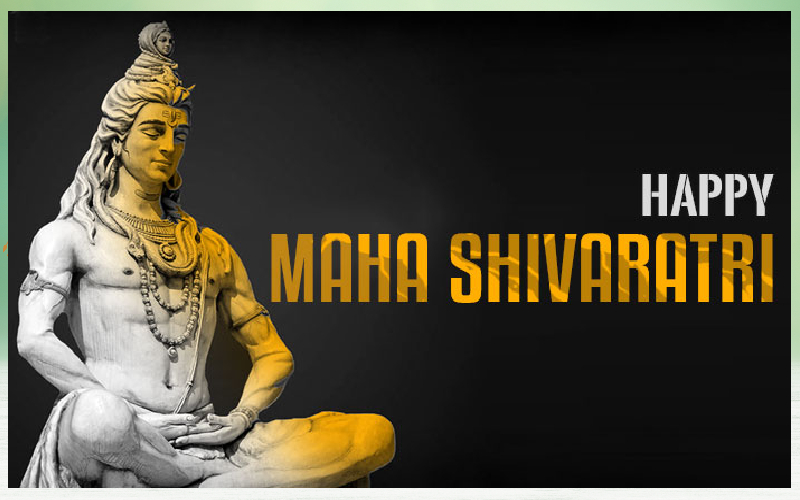
Introduction
Despite other facts connected with Shivaratri, one is sure to remember one thing, staying awake till the next day which has become a modern-day trend. The purpose is long left behind. A superfluous bhakti does not serve the purpose. It is not just getting emotionally hyper for the moment and returning back to the same old vicious circle. It is the time provided for us to ponder upon the purpose of life. It is the time for us to ponder over the ephemeral world and get to know the truth.
With the fleeting nature of time, it is not possible to realize the truth all of a sudden in a day. If we think otherwise, then we would probably only arrive at pseudo-truth. This day can be stated a perfect one for commencing our spiritual pursuit. To realize the truth, one must constantly listen to spiritual subjects as unfolded by a guru and be reminded of our real nature. It must also be accompanied by contemplation on that Satyam. Everyday becomes a Shivaratri for a person who has realized the Shiva in him.
The celebration of Shivaratri also bestows one with the Drishta Phalaa (Immediate result), which includes mind relaxation, physical rejuvenation, emotional balance or tranquility etc. It can be said with conviction that one becomes doubly blessed, if one understands the real purpose behind the celebration of Shivaratri, which is to find out our real self.
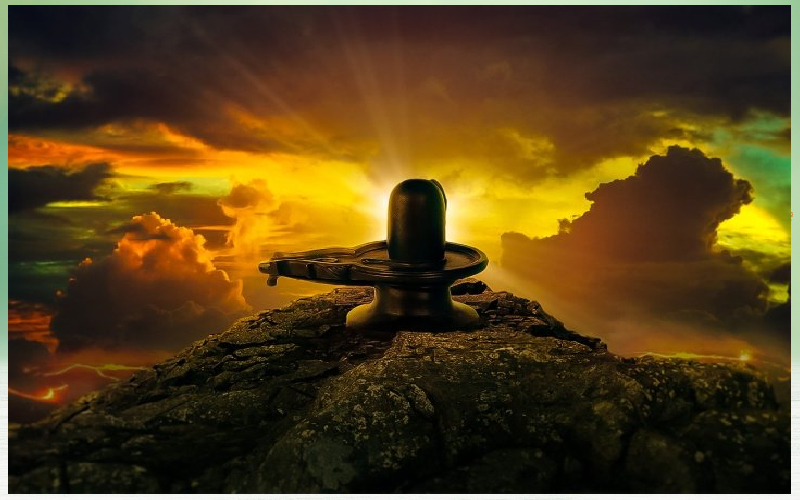
Mahashivaratri
Mahashivaratri is one of the most common festivals celebrated in India. It literally means the ‘Night of Shiva’. It is usually observed on a Chaturdashi (Fourteenth), Amavasya (New moon) day. The Shastras prescribe that one must follow restrictions on food, and spend the entire night being vigilant, focusing our attention on the Lord through various forms of worship.
They day before the Shivaratri; people prepare themselves for the Vrata which shall be observed on the following day. They consume only a light-food diet pattern and certain disciplines are observed in the sleeping pattern on the day preceding Shivaratri. On the day of the celebration, one has a bath in clean water during the early morning and is expected to visit any Shiva temple nearby. After the visit, all throughout the day, various names of Shiva are to be recited and continue to observe the Vrata.
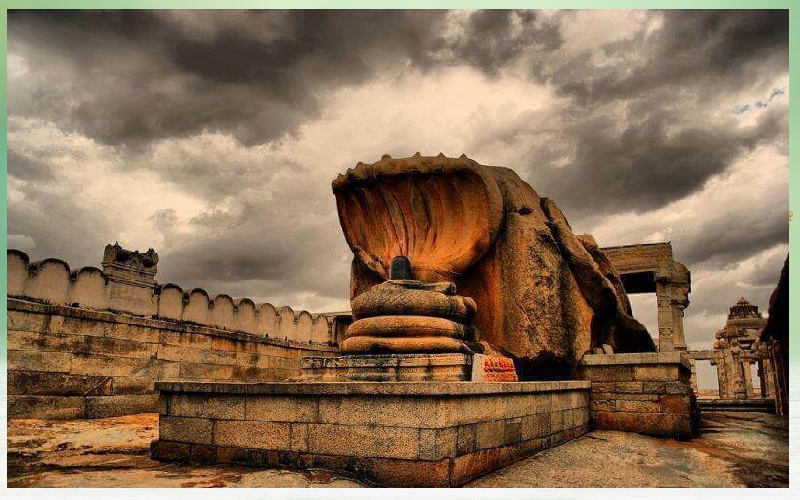
The contemplation gains its momentum during the night. Some practice meditation, but anyone is swayed to sleep easily by this method. So, people watch films on Lord Shiva, and listen to devotional songs on Shiva to distract themselves from getting dozed. There are various religious congregations in India which sets-up ‘divine night’ through various cultural events constantly reminding about the Lord, some institutions perform Homa-s and others observe Yagnya-s. One purpose of all these programs of these are to prevent us from getting dozed and importantly to remain vigilant about the nature of the Lord.
According to various myths, the description given for the observance of Shivaratri are Lord Shiva attempted to destroy the whole creation in a deluge on this night; but Goddess Parvati pacified him and asked the Lord to bless those who worship Him on that night with salvation. And that night is celebrated as Mahashivaratri.
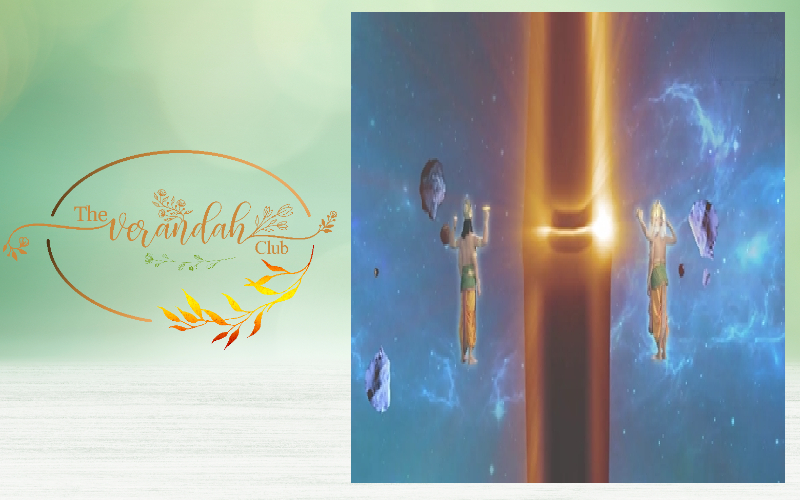
According to ‘Shiva Purana’, once Lord Vishnu and Brahma were fighting over as to who was superior between the two. The Devas and Devatas who were witnessing it were frightened at the sight. Finally, they approached Lord Shiva to intervene in between and to stop this growing fight. To make them realize the futility of their fight, Lord Shiva took the form of a huge burning Linga (fire column) and appeared in between them. Getting the sight of the Linga, the duo decided to end their fight through a competition that whoever first finds the beginning and the end of the Linga will be declared the superior of the two. Lord Vishnu took the form of a Varaha and started his journey to find the end of the Linga, while Lord Brahma took the form of an Annapakshi and flew up to find the beginning of the Linga.
On his way towards finding the beginning, Lord Brahma met a Ketaki flower which was wafting down slowly. He enquired the flower from where it was coming. The flower answered that it was placed on the head of Linga as an offering. Brahma restarted his journey, soon after reaching some distance He felt tired and returned taking the Ketaki flower as a witness to the place where they started this competition. He declared that he had found out the beginning. Lord Shiva soon revealed his original form and cursed Brahma for his lies that neither a temple would be built for him nor would he be worshipped by anyone. The flower, Ketaki was also cursed by the Lord that it would be seldom treated auspicious and would not be offered to any God in the form of worship. Since it was on a Krishnapaksha-Chaturdashi day that Lord Shiva manifested himself in the form of a Linga, and the day was celebrated as Mahashivaratri.
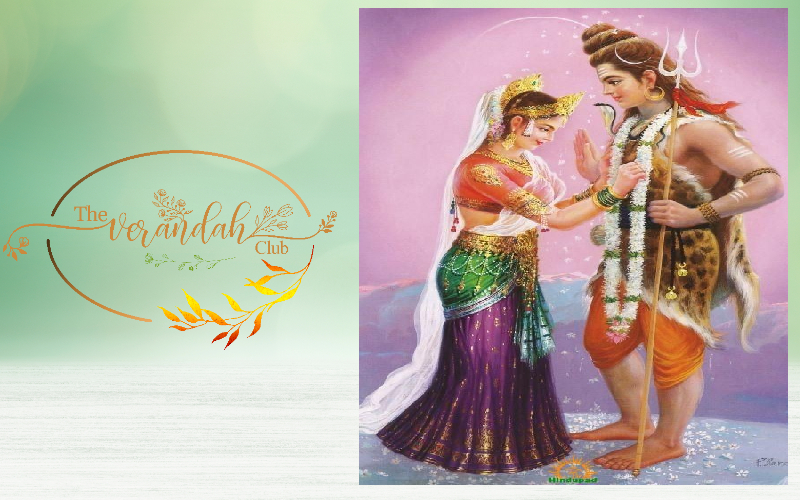
According to another legend in Shaivism, it is the night when Lord Shiva performed the heavenly dance of creation, sustenance, and destruction. Reading scriptures on Lord Shiva, chanting hymns and singing the glories of the Lord helps in remembering His divine presence everywhere. Perhaps, another legend states that it was the day when Shiva and Parvati got married. It is also said that Mahashivaratri is the day when Adi Yogi, the first Guru awakened his consciousness to realize the all-pervading self.
There are references to Shivaratri in various other myths like, ‘Kannassa Ramayana’, ‘Vaamana Purana’, ‘Mahabharata’, ‘Skanda Purana’, ‘Linga Purana’, ‘Padma Purana’, etc.
During the time of worship on a Shivaratri day offering the Bilwa leaves to the Lord is considered auspicious. It is celebrated with great pomp at Annamalaiyar temple in Thiruvannamalai district, Brihadeeshwara Temple in Tanjavur district, Perur Patteeswarar Temple in Coimbatore district, Nellaiappar Temple in Tirunelvelli district, Ekambaranathar Temple in Kanchipuram district, Kapaleeshwarar Temple in Mylapore, Ramanathaswamy Temple in Rameshwaram district and also at other Jyotirlinga temples.
NEXT ARTICLE

Subramania Bharati, often referred to as Mahakavi Bharati (Great Poet Bharati), was a revolutionary poet, journalist, and social reformer whose words...
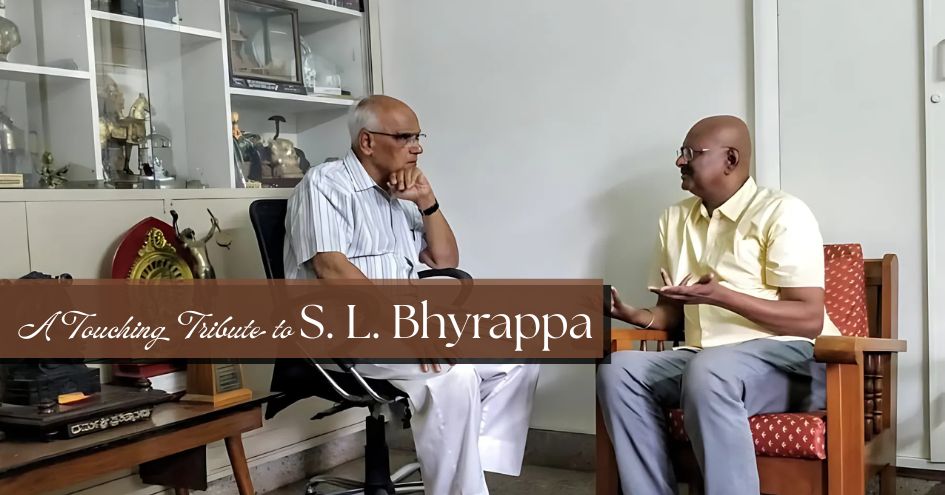
Some writers tell stories, and then there are those rare souls who hold up a mirror to our civilisation, our history, and our innermost selves. Sri Sa...
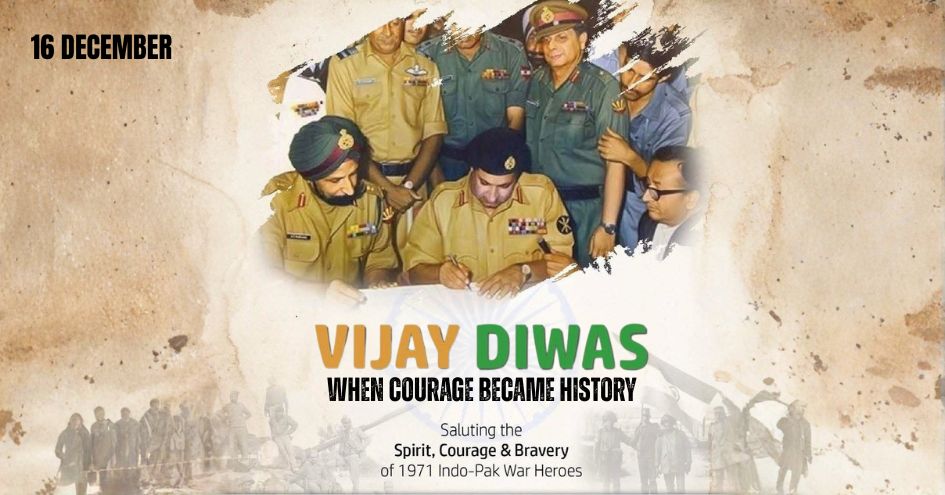
As the Tricolour rises high on 16 December, Vijay Diwas calls out to the conscience of the nation.It reminds us of a timeless truth:Freedom is earned,...